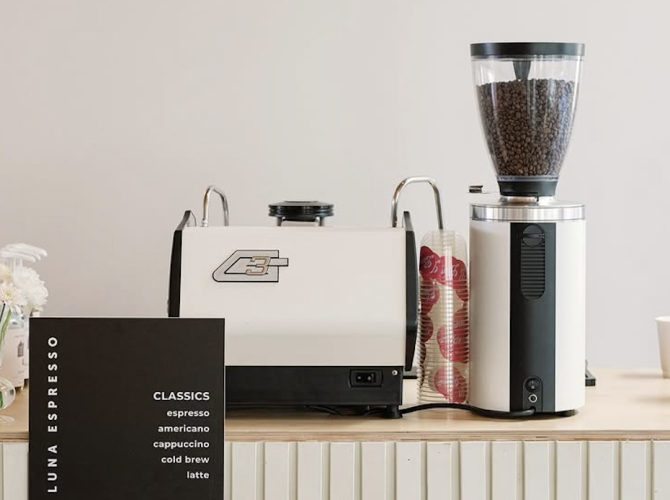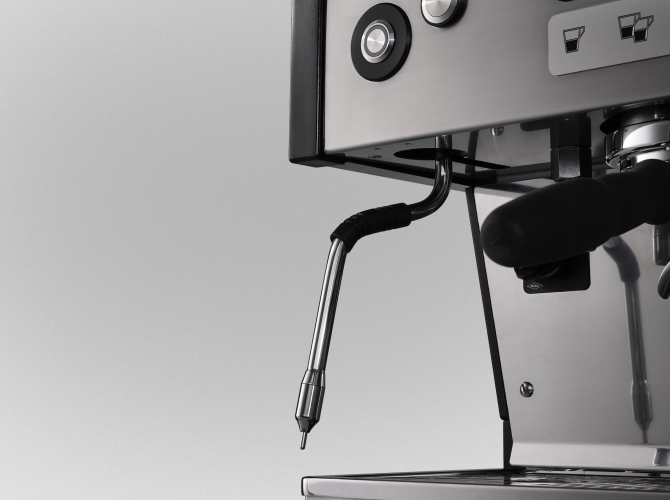Note that given the current early adoption phase of pressure profiling technology, everybody is still learning what is possible, us included. We have, for the past year, extensively used and experimented with pressure profiling capable prototypes and modified espresso machines and thought it is time to “go on the record” with what we have learned.
What Pressure Profiling IS:
- Provides the ability to vary and/or manipulate brewing pressure (between 0 and 9 bars, static or progressive) during the extraction process
- An additional espresso preparation variable that, in itself, has a high degree of possible brewing parameters
What Pressure Profiling is NOT:
- Necessarily a new machine
- Necessarily going to make EVERY coffee taste good*
- Capable of making bad coffee good
- The Holy Grail
What Pressure Profiling DOES:
- Allows you to change the “volume” (or “expression”) of different flavor components to effect the balance and body of the shot*
- Tends to produce a rounder, softer espresso that highlights brightness, sweetness, and delicate notes to emerge from the body of the shot*
What Pressure Profiling REQUIRES:
- A very attentive, well trained barista
- Good palate
- LOTS of experimentation to subject your coffee to various pressure profile curves to determine the best fit, as there is no right or wrong
- Objective and careful reconsideration of classic espresso extraction parameters (e.g. dosage, preinfusion time, total dwell time, etc.) in conjunction with open mindedness*
*Experiments reveal that even the same pressure profile has dramatically different effects on different coffees. Some espressos do taste better when subjected to pressure profiling. Some don’t.
In summary, this post is only meant to put some thoughts on pressure profiling, given some of the questions out there. If anything, this hopes to serve to get more discussion (and experimentation) going to further espresso quality and appreciation.





